Search Results
All about Analyze This: An article type from Science News Explores
Use this lesson plan to learn about an article type called Analyze This that is published by Science News Explores in print and online. You can also access a lesson plan template that can be used with any Analyze This article. Each Analyze This article includes a graph or data visualization that is paired with questions for students to answer and a short story that provides context.
Literacy Practice: KWL Strategy
Use this lesson plan and the provided template to have your students practice the KWL strategy. This note-taking strategy helps students organize their thoughts and reflect on their knowledge around a particular reading.
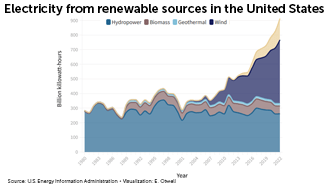
Renewable power is a bright idea
Over the past two decades, electricity from renewable sources, such as wind and solar, has been on the rise. Devices known as grid-forming inverters will likely play a major role in getting renewable energy safely into the power grid.
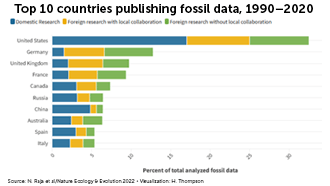
Parachute paleontology
Fossil research has been plagued by parachute paleontology. This happens when scientists from high-income countries travel to low-income countries to study or collect fossils but don’t involve local experts. Sometimes foreign scientists skirt local laws about exporting fossils or buy them under sketchy or even illegal circumstances.
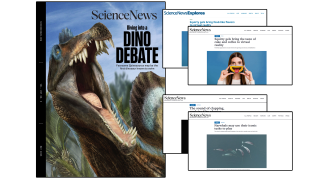
Types of Research Design and VR Taste
Pair these lesson plans with articles from the May issue of Science News to have students compare observational and experimental study designs and propose their own research topic for one of them, and explore how scientists are developing taste-mimicking virtual-reality (VR) technology.
Technically tasty
Virtual reality (VR) has expanded people's ability to experience visual and auditory sensations in virtual worlds. What about our other senses? Learn how chemical-detection capabilities of the tongue allow us to taste cake as being sweet and lemonade as being sour. Explore how scientists used this understanding to develop taste-mimicking VR technology, all while answering questions about how this tasty research might one day help people.
Observations vs. Experiments: Two types of research design
In this lesson, students will compare and contrast observational studies with experimental studies and practice identifying the study types from provided examples. Then, they will apply that knowledge to two studies outlined in Science News articles. As an optional assignment, students will be asked to create an example of a possible study.
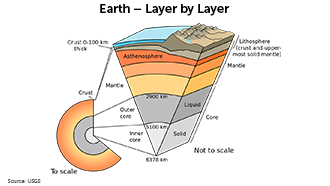
Earth and its many layers
To really understand Earth, you need to travel thousands of kilometers beneath our feet. Starting at the center, Earth is composed of four distinct layers.
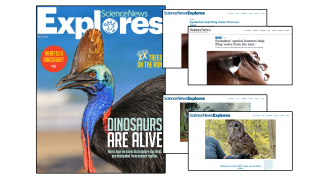
How Eyelashes Wick Water and Present-Day Dinosaurs
Check out these lesson plans paired to articles from the May issue of Science News Explores to learn how eyelashes’ properties and structure help them repel water from eyes and use examples of fossils to explore the evolutionary relationship between birds and dinosaurs.
Present day dinos
By studying fossils, scientists have nailed down the evolutionary connection between birds and dinosaurs. Students will consider how changes to the way some species are now classified highlight the evolutionary relationship between birds and dinosaurs. This guide also will discuss evidence for this relationship using an example fossil.
An eyelash of elegant design
Raindrops might fall on your head, but thanks to your eyelashes, they rarely drip into your eyes. Learn how the simple, elegant design of our eyelashes flicks away water. Answer questions about diverse functions of body hair, all while discussing the value of analogies as a literary device used to improve understanding of unfamiliar concepts.
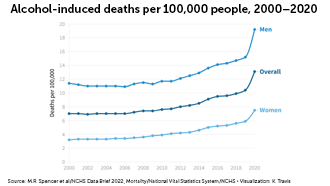
Trends in alcohol-induced death rates
Alcohol-related deaths have increased yearly over the last 20 years. From 2019 to 2020, in the first year of the COVID-19 pandemic, the death rate from alcohol use rose sharply — at a much greater rate than in recent years.